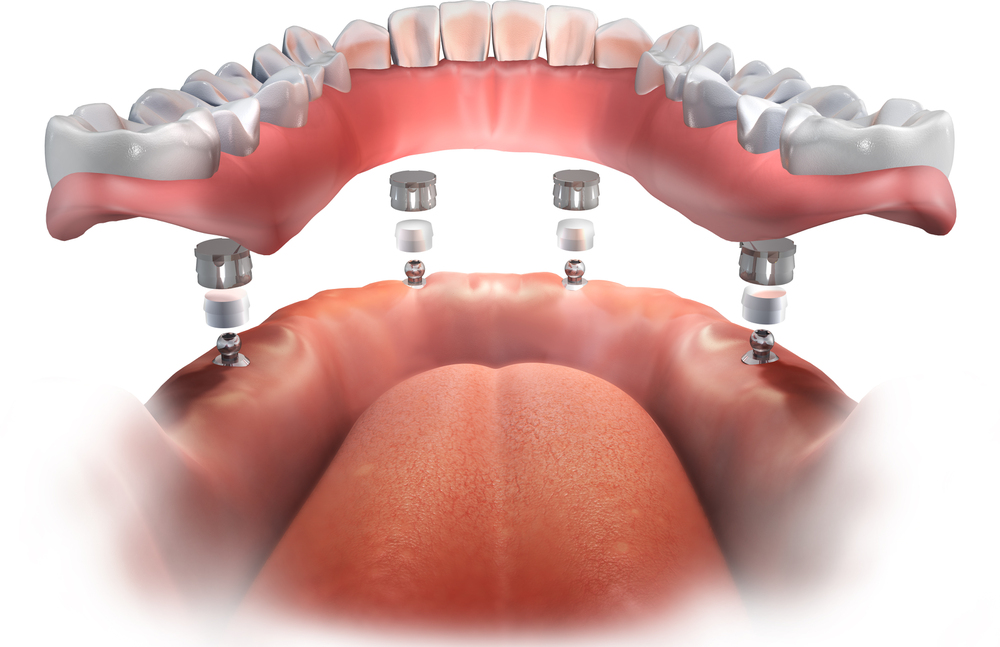Dental retention plays a pivotal role in the success of prosthodontic treatments, particularly in the stabilization and functionality of dentures. As dental professionals, understanding the nuances of dental retention attachments and devices is essential for optimizing patient outcomes. This comprehensive overview aims to clarify the various types of retention systems, their clinical applications, and considerations for selection and maintenance.
Want to elevate your dental practice? Explore innovative Denture Retention Attachments (D.R.A.) from Implant Attachments. Designed to seamlessly secure dentures to implants in overdenture procedures, D.R.A. attachments are compatible with most major implant brands and interfaces.
Our products are manufactured with unparalleled precision and top-tier materials, offering exceptional durability and longevity. By integrating D.R.A. into your practice, you can provide patients with reliable, cost-effective solutions that enhance prosthesis stability and overall satisfaction. Contact us at (940) 784-3559 or email us at sales@implantattachments.com to learn more about our products.
Understanding Dental Retention Attachments
Dental retention attachments are mechanical components designed to secure prosthetic devices, such as overdentures, to abutments or implants. These attachments enhance the stability and retention of the prosthesis, thereby improving masticatory efficiency and patient comfort.
The selection of an appropriate attachment system is contingent upon factors including the patient’s anatomical considerations, the number and position of implants, and the desired level of retention.
Types of Dental Retention Attachments
Several attachment systems are utilized in implant-supported overdentures, each with distinct characteristics and clinical indications:
Stud Attachments
Stud attachments, also known as resilient stud systems, consist of a cap-like housing embedded within the denture base, a retentive insert located within the housing, and a semi-precision abutment secured to the dental implant.
The properties of the attachment assembly allow micromovement during prosthesis seating, accommodating the deformation of mucosa and underlying soft tissues.
This design helps in mitigating excessive forces exerted on the abutment, provided the overdenture’s intaglio surface is well-fitting.
Bar Attachments
Bar attachments involve a metal bar connecting multiple implants, onto which the overdenture is secured using clips or other retentive elements. This design offers enhanced stability and load distribution, which is particularly beneficial in cases with significant ridge resorption.
However, bar attachments require precise implant placement and sufficient inter-implant distance to accommodate the bar structure.
Magnetic Attachments
Magnetic attachments utilize magnetic forces to retain the overdenture to the underlying implants or abutments. While they offer ease of insertion and removal, studies have reported higher bone resorption under functional forces and a tendency for the prosthesis to displace more readily compared to other attachment types.
Factors Influencing Attachment Selection
The choice of an appropriate attachment system is multifaceted, involving considerations such as:
Implant Distribution and Number
The number and spatial arrangement of implants significantly impact the selection of attachment systems.
For instance, a two-implant mandibular overdenture opposing a maxillary conventional denture is a common treatment modality. The positioning of implants at the cuspids or second premolars can provide comparable resistance to dislodgment forces. As the number of implants increases, the prosthesis transitions from being tissue-supported to more implant-borne, influencing the choice between stud and bar attachments.
Patient-Specific Anatomical Considerations
Anatomical factors, including bone density, ridge morphology, and mucosal conditions, dictate the feasibility and performance of certain attachment systems. For example, bar attachments necessitate adequate inter-implant distance and bone volume to accommodate the bar structure without compromising surrounding tissues.
Maintenance and Longevity
Different attachment systems exhibit varying maintenance requirements and longevity profiles. Stud attachments with resilient inserts may necessitate periodic replacement due to wear, whereas bar attachments might require meticulous hygiene practices to prevent peri-implantitis. Understanding these aspects is crucial for informing patients and planning long-term care.
Clinical Performance and Patient Satisfaction
The study concluded that ball and locator attachments performed excellently in terms of survival rate, tissue response, and patient satisfaction.
Innovations in Dental Retention Attachments
Advancements in dental materials and manufacturing technologies have led to the development of next-generation dental retention attachments. Companies like Implant Attachments offer innovative products compatible with most major implant brands, aiming to enhance simplicity and clinical outcomes. Our offerings include denture retention attachments designed for luminous smiles, providing clinicians with high-quality solutions at an excellent value.
Maintenance Protocols for Dental Retention Devices
Effective maintenance of dental retention devices is paramount to ensure their longevity and optimal performance. Clinicians should educate patients on proper hygiene practices, including regular cleaning of the prosthesis and attachment components.
Routine professional evaluations are essential to assess the condition of the attachments, identify wear or damage, and perform necessary adjustments or replacements. Implementing a proactive maintenance regimen can significantly enhance the lifespan of the prosthesis and its components.
Optimizing Patient Outcomes with Advanced Dental Retention Solutions
In the realm of prosthodontics, the strategic selection and application of dental retention attachments are instrumental in achieving successful patient outcomes. A thorough understanding of the various attachment systems, coupled with careful consideration of patient-specific factors and diligent maintenance protocols, empowers dental professionals to enhance prosthesis stability, functionality, and patient satisfaction.
As the field continues to evolve, staying on top of emerging technologies and evidence-based practices will be essential in delivering optimal dental care. That’s why ImplantAttachments.com is your partner in implant-related technology.
Explore Dental Retention Devices at ImplantAttachments.com
Whether you need high-performance denture retention attachments or precision-engineered implant interfaces, our products are designed for superior stability, durability, and patient comfort. Backed by expert craftsmanship and compatibility with most major implant brands, our solutions help streamline your workflow while delivering outstanding clinical results.
Explore our full range of retention attachments today and elevate your implant-supported prosthetic treatments with confidence! Click here to view our products, email us at sales@implantattachments.com, or call us at (940) 784-3559 for more information.



